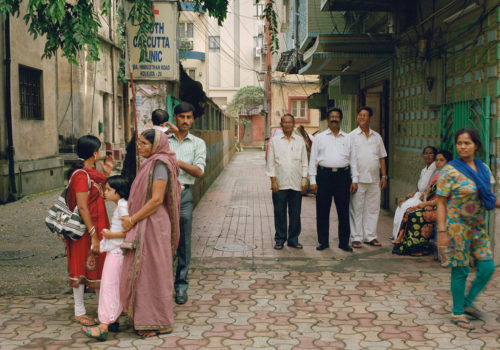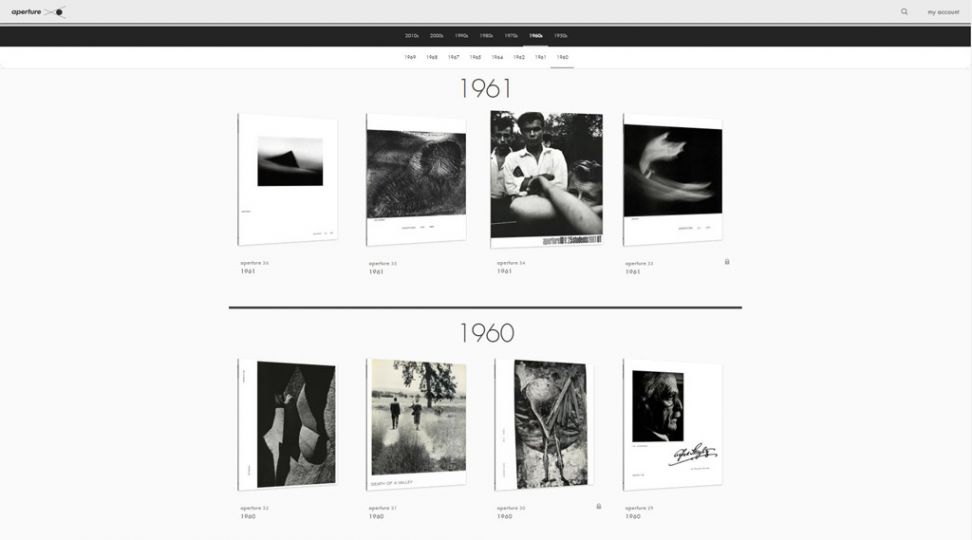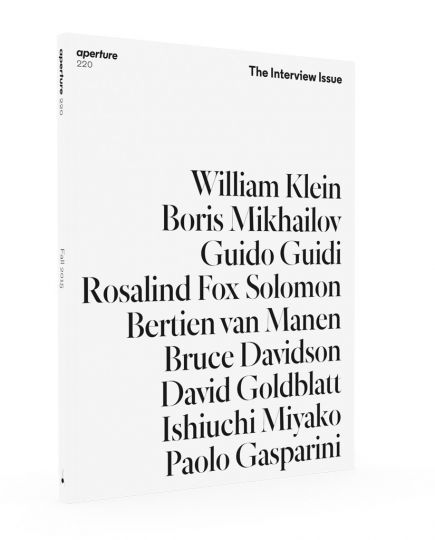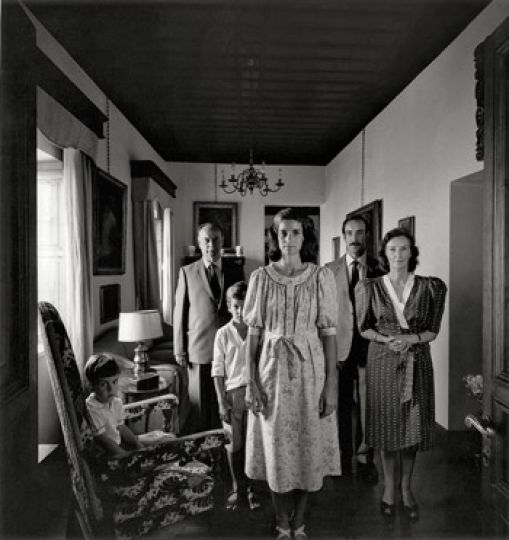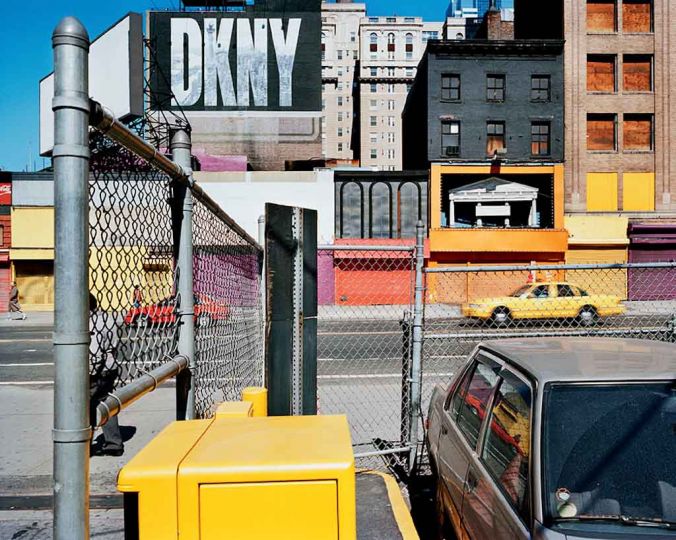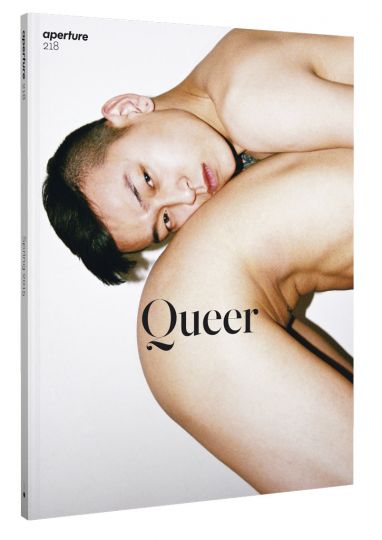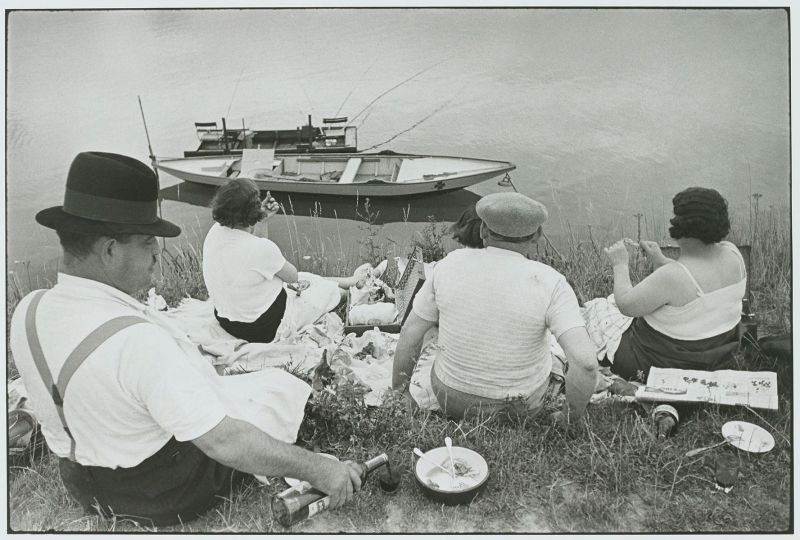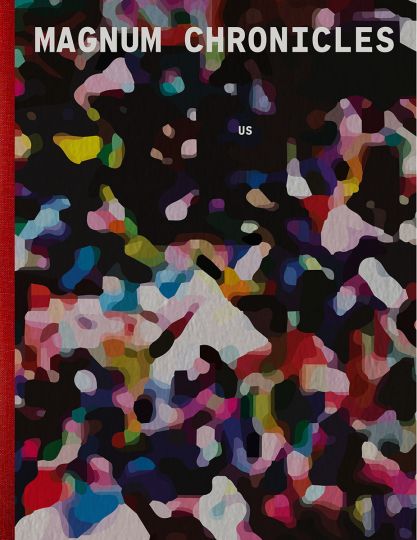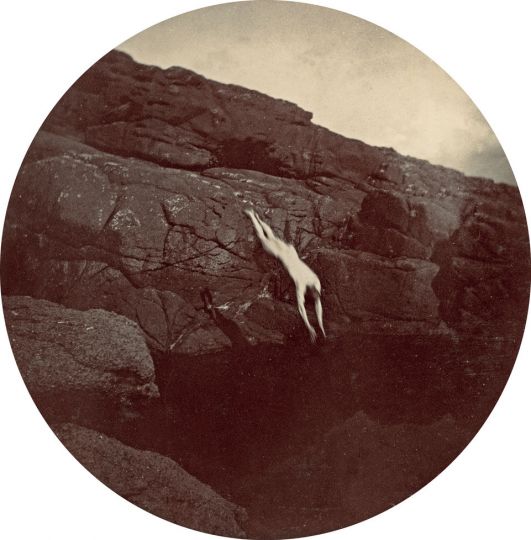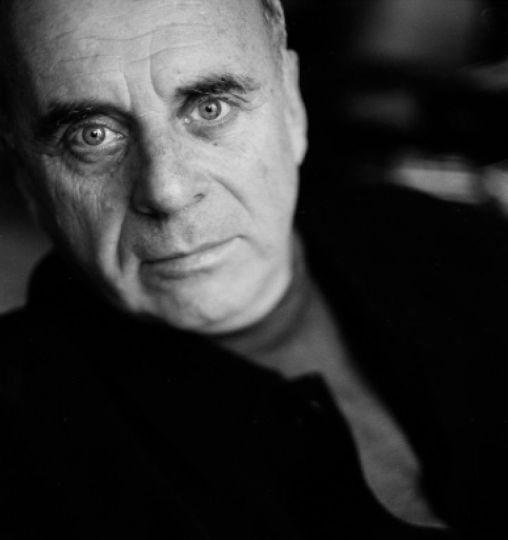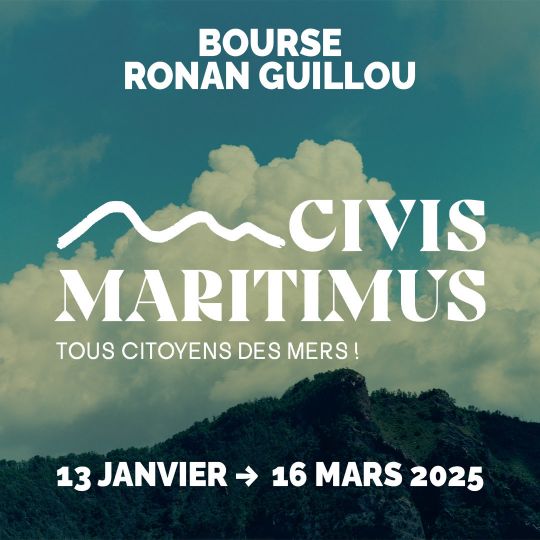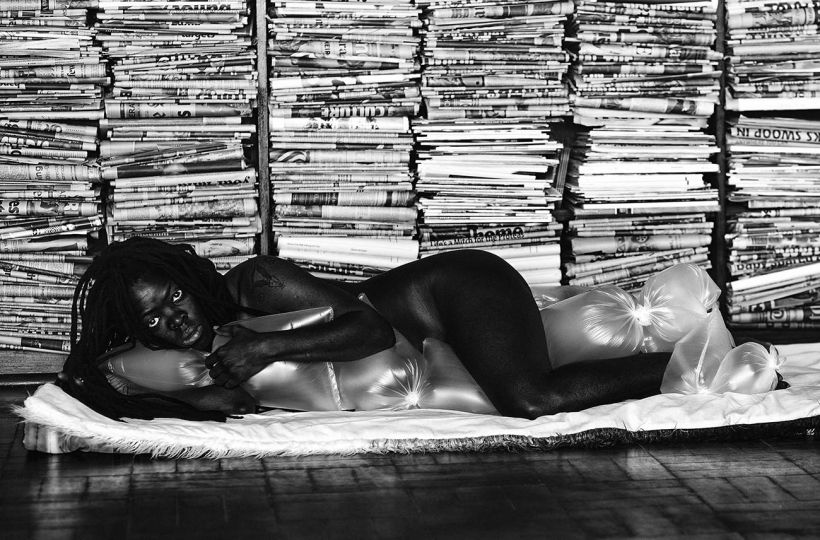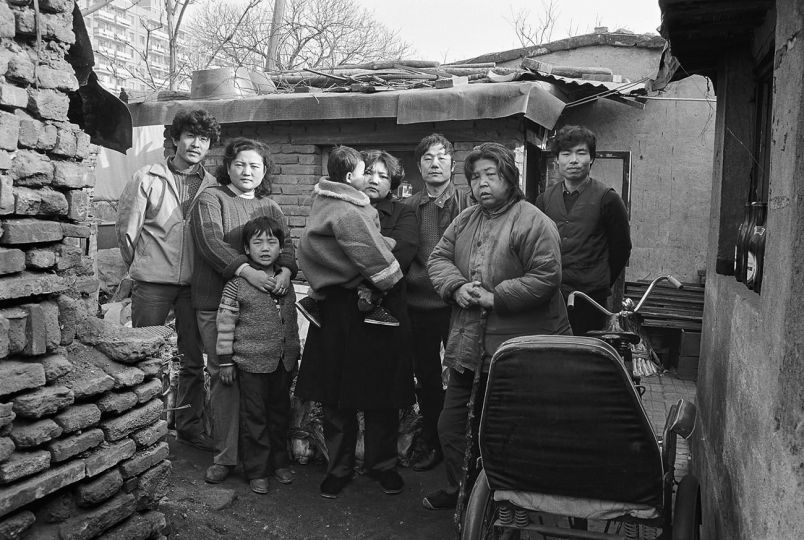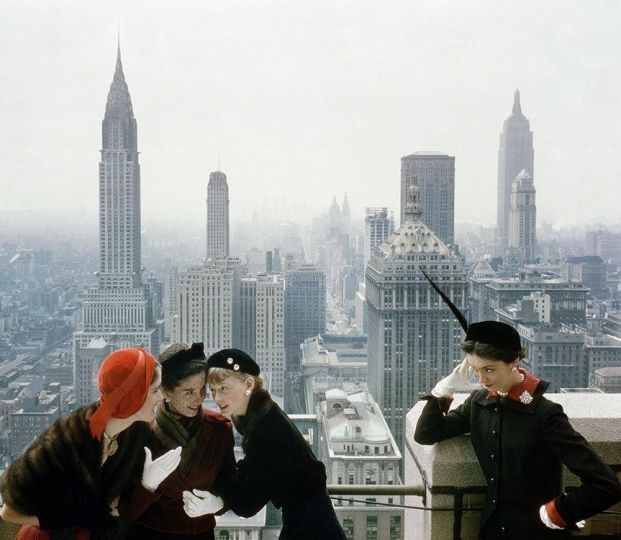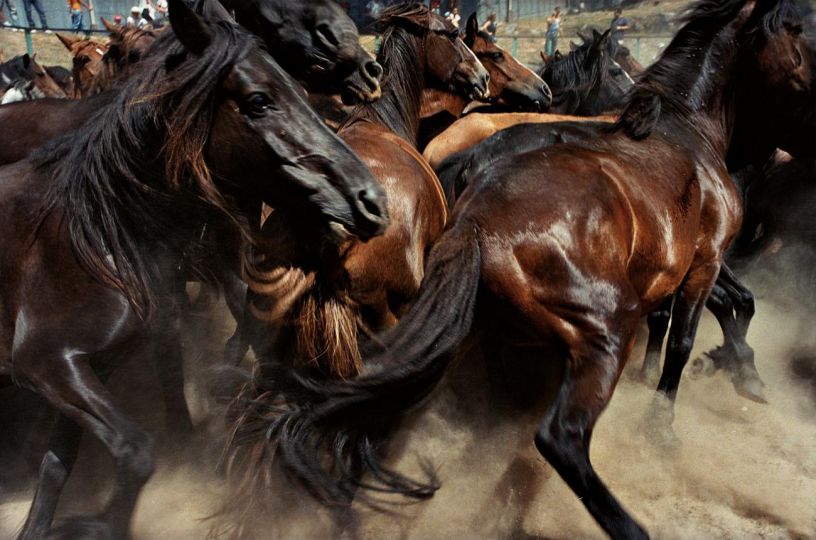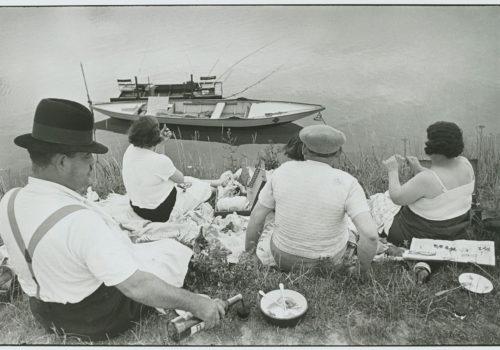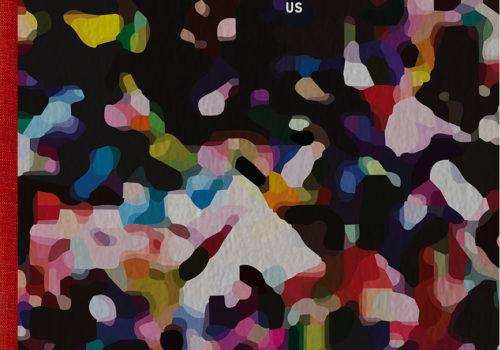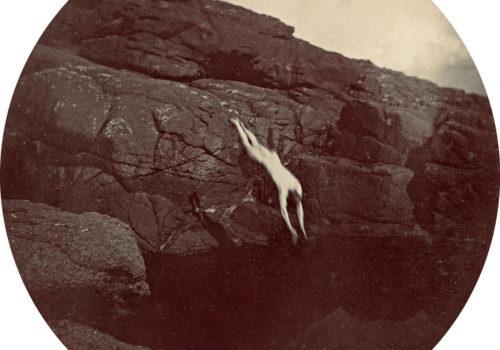Kolkata/Calcutta, the project by Patrick Faigenbaum, winner of the 2013 Henri Cartier-Bresson Award support by Fondation d’Entreprise Hermès and now available in the eponymous book from Lars Müller Publishers, is on show at the Aperture Foundation in New York until November 7th. A journey through the heart of the Indian metropolis, exploring its historical depth through a number of public personalities, intimate settings and rites.
This complex environment, discovered thanks to the photographer’s encounter with artist Shreyasi Chatterjee, is depicted through Faigenbaum’s sensitive eye that can be likened to that of a painter. It is a vision of India that contrasts with the sociological and aesthetic view many documentary photographers take; A slow, patient vision that comes naturally to this photographer immersed in his subject.
To mark the occasion, Patrick Faigenbaum sat down with his closest partner, Jean-François Chevrier, art historian and professor at the École Nationale Supérieure des Beaux-Arts in Paris, for a discussion that is as profound and intimate as his photographs.
Can we go back to the origins of your project?
Jean-François Chevrier: To keep things brief, I went to Calcutta where I met Shreyasi Chatterjee. I felt that it would be wonderful if Patrick could meet her and work with her on the city.
Patrick Faigenbaum: I first went to India in 1994, invited to take part in an exhibition in New Dehli. I was fascinated by the culture and the country in general.
JFC: Until then, Patrick had only photographed the western world — Europe and North America. For a while, we had been thinking that it would be interesting for him to work in other parts of the world. Patrick’s photographic culture was mainly based on those two continents. He’s a big fan of Bob Dylan, of…
PF: And Paul Strand!
JFC: And Paul Strand. But it can turn out to be a bit of a trap. When you hit sixty, it’s your last chance to move out of your comfort zone.
PF: It is all about circumstances. There was a detour via Guadeloupe. I produced a portfolio of six images — as a tribute to Paul Strand in fact. Though it was never published or shown, but it was important to do it.
What about Shreyasi Chatterjee, the artist that became the starting point for your project? What struck a chord with you?
JFC: I saw her work before meeting her. Also, her persona is representative of the Indian middle class. When I met her in her home, I found the place just incredible. If I’d never gone there, I might not have recommended that you meet her, Patrick. She lives in a fascinating district. I know this guy – Patrick needs an anchor point, he can’t just wander aimlessly around town. He doesn’t drive. I thought that with Shreyasi, that building, that district, he would have a place from where to explore the city.
There is a rigour in your images, rigour in the composition and the framing. At the same time, there’s a real tenderness. Was this a deliberate choice in depicting a city and a country renowned for its complexity or indeed, its frenziedness ?
JFC: Patrick can’t help idealising everything he sees. I’ve seen him take photos in some really lousy places and they become…
PF: Heavenly! (laughter)
JFC: I wouldn’t go that far… It’s the kind of idealisation that somehow still corresponds to reality. Calcutta is a violent city and the political situation is equally harsh. There was an extreme left movement, the Naxalites, which the State dealt with violently. That has marked the city. Patrick didn’t take that into consideration because it’s not something that particularly interests him. On the other hand, he preferred to focus on a different aspect of the everyday, the tenderness as you call it. If this idealisation was false, it would be pretty embarrassing.
In the exhibition, the religious dimension, which is very important in India, is not as evident as it is in the book…
PF: Yes, it has been deliberately lessened.
JFC: If we take an interest in pictorial culture and how photography is part of a visual culture that conditions our perception of the world, we could take Patrick’s book and embark on social and political reflection about what we used to call the Third World.
PF: This is not Cartier Bresson’s India.
JFC: Which is an India of the colonial period, the India that saw the creation of democracy, of Nehru. It is a perfectly political India from someone who is a cosmopolitan liberal bourgeois with strong left leanings.
Jonas Cuénin
EXPOSITION
Patrick Faigenbaum
Kolkata/Calcutta
Henri Cartier-Bresson Award & Hermès Foundation’s alliance with Aperture Foundation
September 17 – November 7, 2015
Fondation Aperture
547 West 27th Street
New-York 10001
United States
+1 212 505 5555
http://www.aperture.org

